Demo Video: Fusing
Fusing is an important part of encaustic painting. Each layer of encaustic must be fused or reheated in order to bond it to the layer below. Paintings that are not properly fused are more vulnerable to cracking or separating. To accompany our newest demo video on fusing, we put together a blog post with step by step instructions and some helpful tips from a few of our Core instructors.
To get started, warm your panel evenly. Move your heat gun back and forth slowly over the surface of your panel. You can test the surface to see how warm it is with the palm of your hand. If it’s not hot enough, continue heating it. Warming you panel before application will make it more absorbent and will help your paint or medium to flow more smoothly.
There are different types of fusing. We recommend that you over fuse your first few layers until they are smooth, paying careful attention to the edges. It is best to eliminate lumps or ridges early as they will continue to accumulate as you work. As you progress in your painting, a quick light fuse may be all you need.
“keep your heat gun or torch an even distance above your painting and move back and forth in a rhythmic fashion. Moving too slowly can cause you to overheat an area, creating a hot spot.”
As you apply layers of encaustic medium or paint to your panel, try not to overlap layers, as this will create ridges. Keep your heat gun or torch an even distance above your painting and move back and forth in a rhythmic fashion. Moving too slowly can cause you to overheat an area, creating a hot spot.
Whether you are fusing with a heat gun or a torch, remember you only need to bond each layer you apply to the immediate layer below. You don’t need to bond the layer you just applied to the many layers beneath it or melt all of your paint down to a liquid so you can see your substrate.
To preserve delicate marks, use a light quick fuse. You should see your paint go from matte to glossy and then back to matte. If you fuse too aggressively, you may see your colors marble.
Enjoy our newest demo video and be sure to check out the tips from our Core Instructors below!
The project recommended in this video came from Caryl St. Ama and was designed for students new to encaustic painting. She has them create a composition that has both a smooth and a textured section, which gives them practice in both heavy and light fusing techniques. “Over fusing can become an issue with some beginning students so we discuss: 1. Very light fusing (almost like “licking”) the painting. Until the surface turns shiny - it doesn’t take much. 2. Over fusing where it will move paint, or a transfer or incised lines around. Knowing how to do both of these will help you create different effects in your painting and also help you to not ruin a painting.”
Leslie Giuliani notes that “new artists tend to over-fuse, since it is a “step” in the process. Let fusing be as sensitive a decision as a brush stroke.” She also points out that “waving your heat gun is not necessary, unless in the service of an effect. Students tend to use a hair blow dryer wagging motion out of habit rather than intention.” Instead of waving your heat gun back and forth, she suggests a methodical, back and forth “plowing the field” approach. Leslie also likes to keep some pieces of thin plywood or mat board handy to “mask” areas shielding an area you don’t want to disturb with the heat gun. She holds the board in my opposite hand. I don’t lay it on my painting, preventing marks or smears.
Julie Snidle compares fusing it to reading a page of a book (in our Western culture). She has students start at the top left and fuse straight across the panel methodically from left to right until they reach the end of the panel in the lower right hand corner. “This way you’re sure you have fused every square inch,” she notes. She also points out that allowing the heat gun (or torch) to extend past the side edges while fusing ensures that the edges don’t get over-fused.
And finally, Lisa Pressman describes fusing as “a way of using a brush. The heat moves the paint.” She suggests students apply encaustic from left to right on a warm surface and then fuse across the brushstrokes for a smooth surface.”

